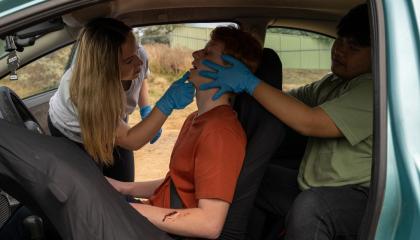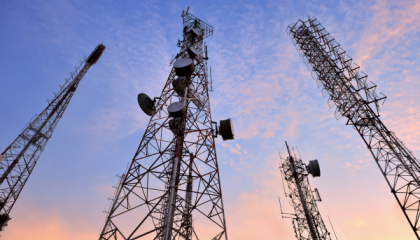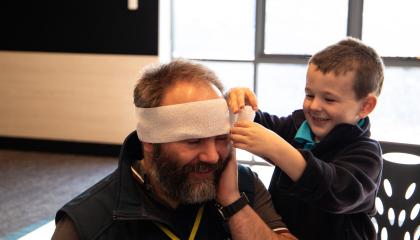The Sizzling Truth About Sunburn: A Tale of Too Much Sun and Its Aftermath
We've all been there, haven't we? Revelling in the great outdoors, basking under the sun, and suddenly realising we've cooked ourselves into a lobster-esque state of redness. Ah, the not-so-joyous aftermath of "too much fun in the sun." While soaking up the golden rays can feel heavenly, the consequences can range from mildly annoying to downright dangerous. It's as if the sun has a sneaky way of reminding us about the fine line between a healthy glow and a painful glow-up.






